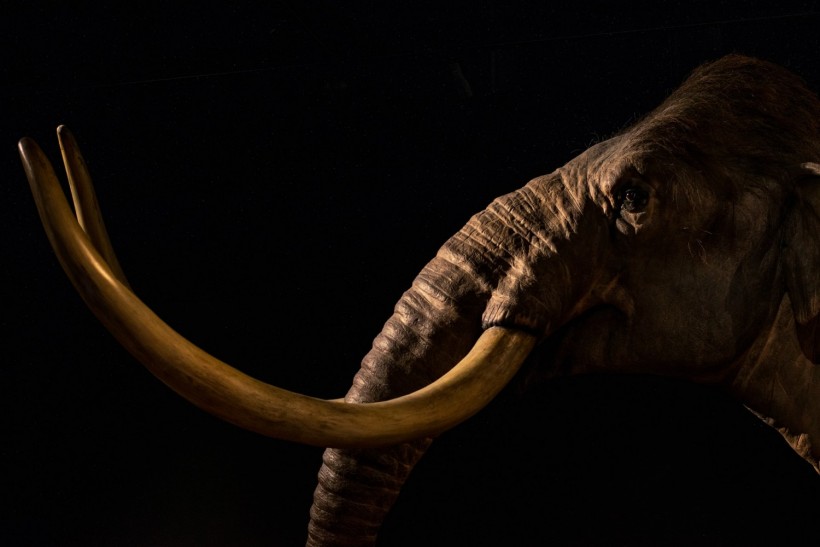A group of paleontologists is able to view clear CT (computerized tomography) images of a wooly mammoth tusk. This mighty beast once existed on the planet during Pleistocene period or most commonly known as the "Ice Age," through the Holocene epoch.
Before, the old CT scanners could not fully scan larger objects, and this is where they fell off. With the evolution of technology, experts have created a more massive scanner that could cover the entirety of a bigger subject.
Here's what they discovered about this ancient elephant's internal structure.
Wooly Mammoth Tusk in Full Display

(Photo : April Pethybridge from Unsplash)
Researchers take a close look at the Wooly Mammoth's tusk in a full CT scan.
According to a report by IFL Science, researchers have recently seen the interior composition of a mammoth tusk in a CT scan demo. The paleontologists made use of a more modern clinical CT scanner to make this possible.
Using this newer machine aids the experts in viewing the internal structure of a humongous animal in one go. This means that there's no need to conduct multiple partial scans because large-scale imaging is already doable.
"Working with precious fossils is a challenge since it is important not to destroy or harm the specimen," the study's lead author Tilo Niemann, M.D. said.
The Kantonsspital Baden Department of Radiology's head of CT added that there could be existing imaging methods that could see through the internal part. However, they cannot scan the entire tusk of the elephants' ancestors.
If you have already seen an elephant, you can immediately imagine what a wooly mammoth (Mammuthus primigenius) looks like. It resembles the size of the African elephant which exists nowadays. This animal is particularly roaming across North America, Asia, and Europe.
When people hear the word mammoth, they would right away recognize that it's the prominent creature that lived during the Ice Age (about 6,000 years ago). Some of its closest relatives at that time include gomphotheres (four-tusk elephants) and mastodons. They are all under Proboscidea, a special order of mammals with large ears and protruding tusks.
The most common notion about mammoths is their coexistence with dinosaurs. Although they lived with avian dinosaurs such as pterodactyls, they did not coexist with raptors, sauropods, and other non-avian dinosaurs.
Related Article: Bioscience Firm Insists They Can Bring an Extinct Mammoth Back to Resurrection by Leveraging DNA Technology with $15M Seed Fund
What Did the Researchers Discover About the Mammoth's Tusk?
As per Science Blog, the paleontologists ran a test to determine what a wooly mammoth's tusks look like in a close CT image. The experiment took place in Switzerland.
They found out that the tusk is nearly 7-foot long along with its 16cm diameter. Aside from that, this unique body part resembles an extension of a bone that is made of dentin and cementum.
The researchers observed that there are cone-shaped cups that are piled up onto another cup in the tusk. According to Dr. Niemann, the team was amazed to witness the interior of an animal's tusk.
During the CT scan process, they saw 32 cones which means that the animal was 32 years old when it died. Additionally, they noticed that one tip was missing, which could cast some inaccuracy about its actual age during its demise.
Niemann said that the mammoth was estimated to have died 17,000 years ago.
To view the study entitled "CT-based Age Estimation of a Mammoth Tusk," visit Radiology for more information.
Read Also: Preserved Wooly Mammoth's Remains Found Intact in a Lake Near Siberia
This article is owned by Tech Times
Written by Joseph Henry









